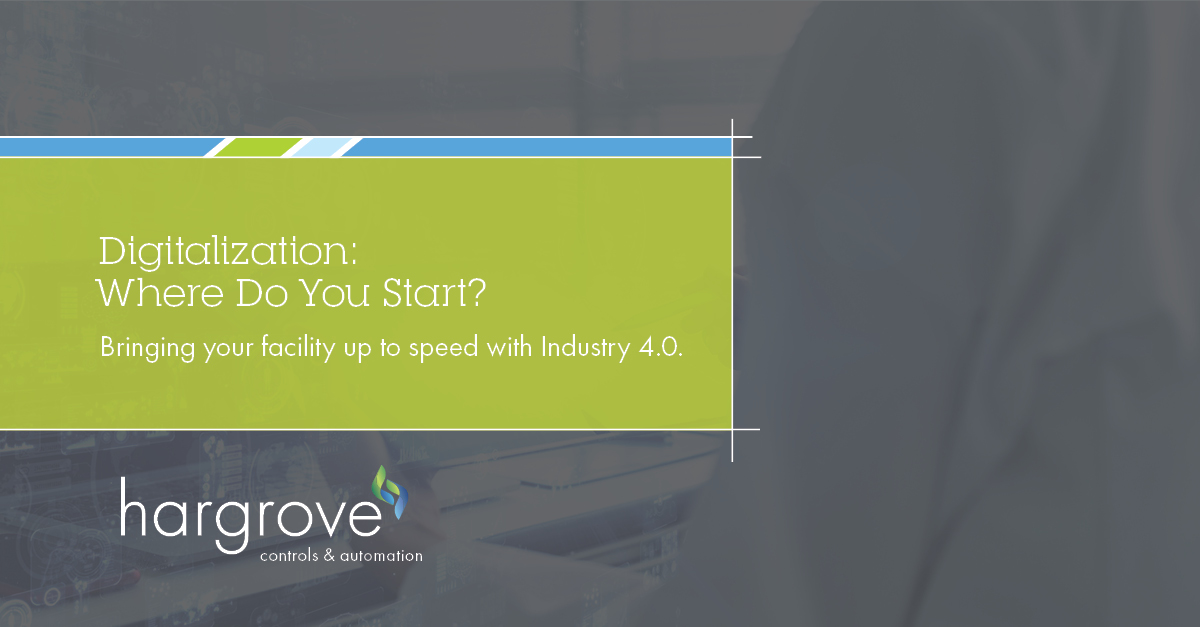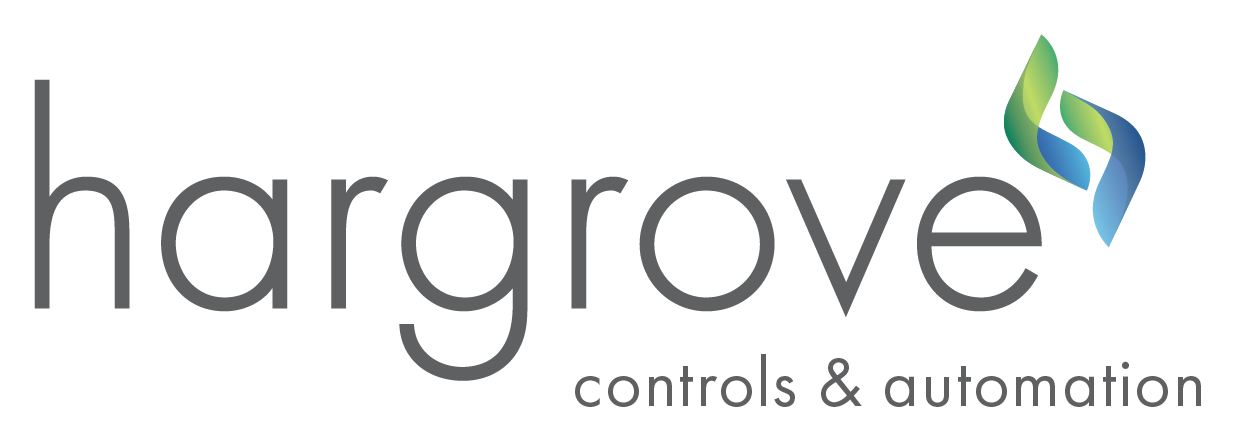Digitalization: Where Do You Start?

For many manufacturers, the 1990s and 2000s were all about generating massive volumes of data from production, which sounds like a good idea. However, companies discovered that they were being flooded with data, much of it being of little to no value. Without today’s modern software tools, companies didn’t have the time to properly sort and analyze this data to gain useful insights. All they had were piles of actionless data, tons of potential just waiting to be tapped into. This is where digitalization steps in.
Digitalization can seem like an overwhelming task. Here is what you need to know to bring your facility up to speed with Industry 4.0.
What is Digitalization?
Digitalization (also referred to as digital transformation) is an umbrella term that encompasses the process of going from paper to digital, integrating digital technologies into otherwise conventional processes, and applying artificial intelligence (AI) and machine learning solutions. From smart manufacturing, to factory of the future, to digital twins, to industrial internet of things (IIoT), digitalization incorporates a variety of concepts.
Digitalization is not only moving away from paper but also harnessing the data that is being created and collected in the manufacturing facility for production optimization. It’s merging process data with other data like laboratory quality data (LIMS), maintenance systems (CMMS), and order management systems (MES/ERP).
Digitalization is about using AI to predict equipment failures, bad batches, and defects, about using augmented reality (AR) for remote support and training, and about leveraging the cloud to better share and secure data. It alleviates manual data manipulation by automating reporting and analysis, leading to improved system predictive maintenance, quality, workflow efficiency, and process transparency.
Common Obstacles and Issues for a Digitalization Project
It’s important to understand that digitalization is not something that can happen overnight. While digitalization projects can have short-term goals, it’s more realistic to consider this as a long-term digitalization strategy.
To standardize digitalization solutions across multiple locations, many manufacturers are interested in implementing digitalization technologies across multiple sites. This creates complications around prioritization and how to consistently implement solutions. Properly and consistently implementing digitalization projects will deliver maximum value and return on investment.
Given that digitalization projects are often part of long-term programs and they may span multiple sites, it’s important to have support of all stakeholders for the scope of any given digitalization project.
How to Approach a Digitalization Project
Understand the Goals of the Company as a Whole
The key to a successful digitalization implementation is to understand long-term goals and what is trying to be accomplished with the project. Consider these questions:
- What are the obstacles facing this organization and its employees?
- Where are the biggest silos of information? Where are the communication bottlenecks?
- What information is needed to achieve performance goals?
Getting the Right People Involved
It’s critical to have to right people in the room when discussing digitalization needs. It takes a variety of roles in an organization to come together to identify and understand the pressure points. Getting the right people involved in the digitalization project will help paint an accurate picture of what goals a digitalization project should achieve.
Find out how each person with different roles and viewpoints sees digitalization, what it means to them, and how they see it affecting their role. Once all stakeholders have expressed individual perspectives it is easier to collectively come together and agree on a common goal to identify the project’s starting point.
Requirements for a Digitalization Project
It may be surprising to learn that connecting to the cloud is not a necessity for a manufacturer to undergo digitalization. While the cloud is an aspect of digitalization and there has been a shift moving towards it, uploading to the cloud is not a requirement. Data can remain on premise, although there may be more security requirements to keep that data protected on site.
While the cloud is optional, IT and OT convergence is highly encouraged for a project to run smoothly. Cooperation between the control system platform and system network is important to be able to connect previously siloed areas. The communication and relationship between IT and OT have become critical to the success of digitalization.
Finally, a manufacturer does not need to replace legacy control systems to take on digitalization projects. While a legacy control system on the plant floor might cause additional complexity, it won’t prevent the execution of the project. Even if the system is 20-30 years old, data can likely be collected and integrated along with newer systems. A plant does not have to be state-of-the-art to implement digitalization initiatives.
Each Project is Unique
Digitalization projects require a customized solution, in part due to the unique needs of individual manufacturers and in part due to the wide array of digitalization technologies. What works for one manufacturer may not work for another.
Each digitalization strategy is customized to the starting point and needs of the project at hand. Your team should work with an experienced solutions provider to map out the solution appropriate for your goals.
Teaming with Hargrove to Bring Digitalization to Your Facility
Hargrove’s digitalization team – with our partnerships and experience with software vendor giants and niche players – can help you implement the right software and tools to maximizes the potential of your teams and processes.
Hargrove’s Team includes industry specialists who can strategically plan your digitalization solutions and execute and maintain your technology.
To team with Hargrove and learn more about our capabilities, visit our website.
Read Heath Stephens‘, digitalization leader with Hargrove Controls & Automation, article about digitalization trends for 2023 featured on SmartIndustry.com.

